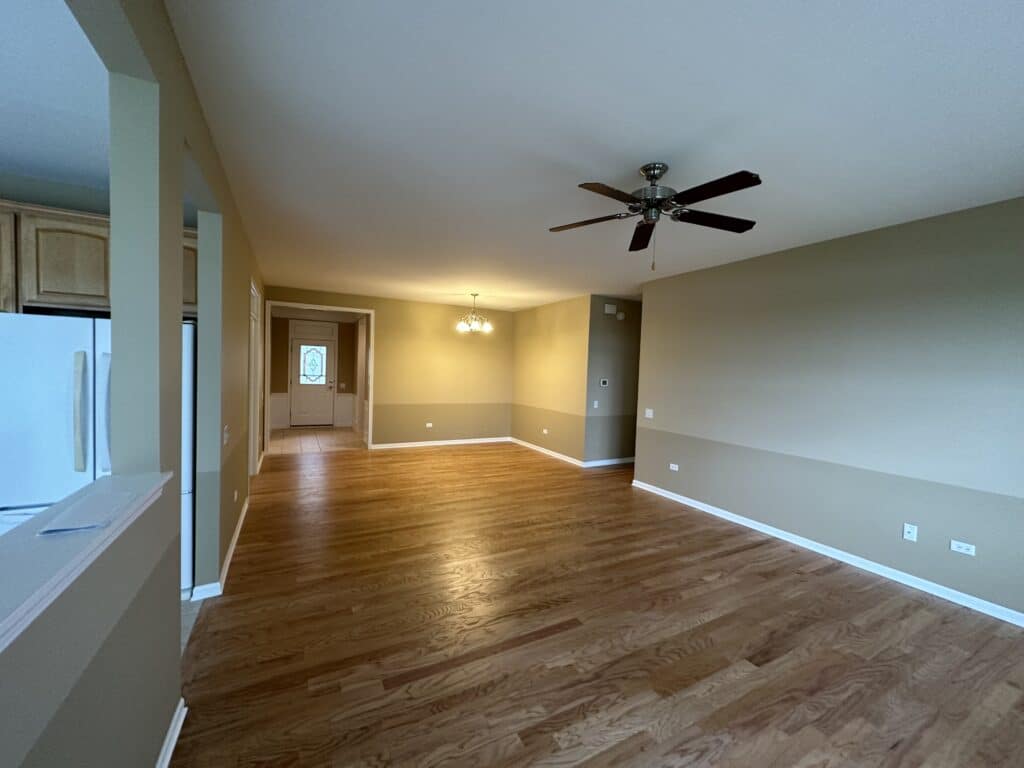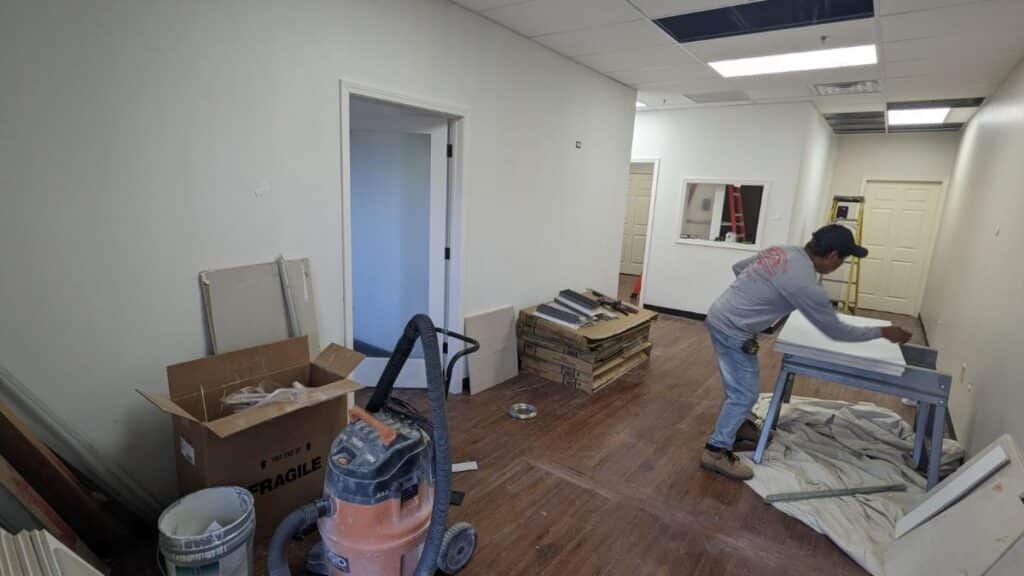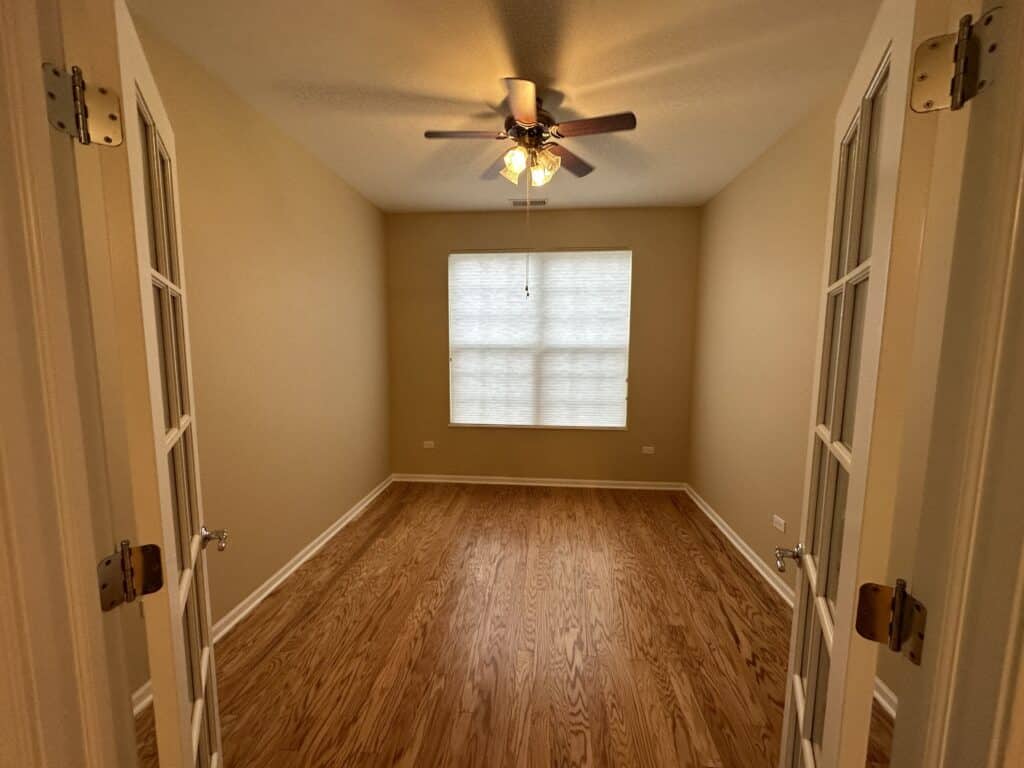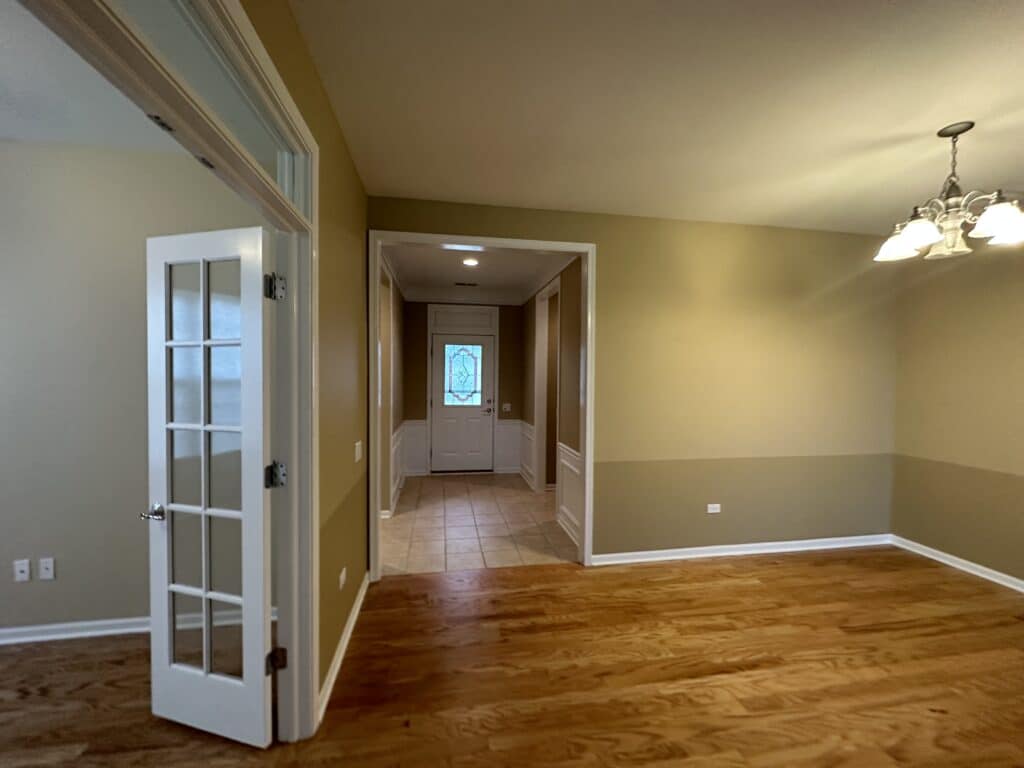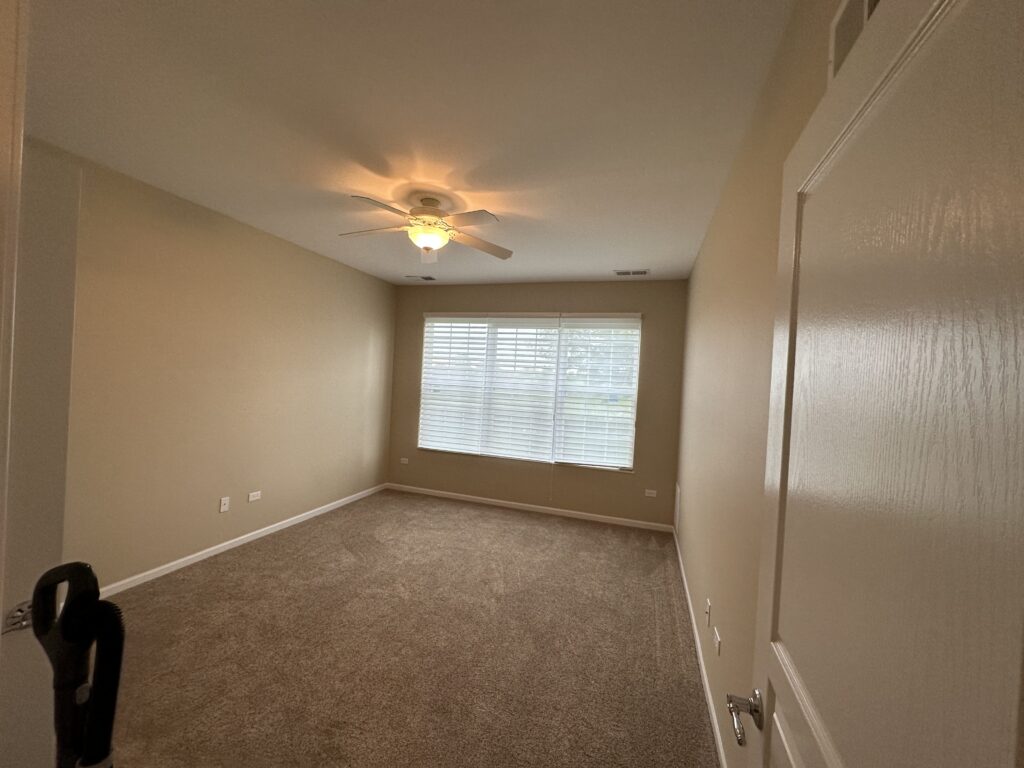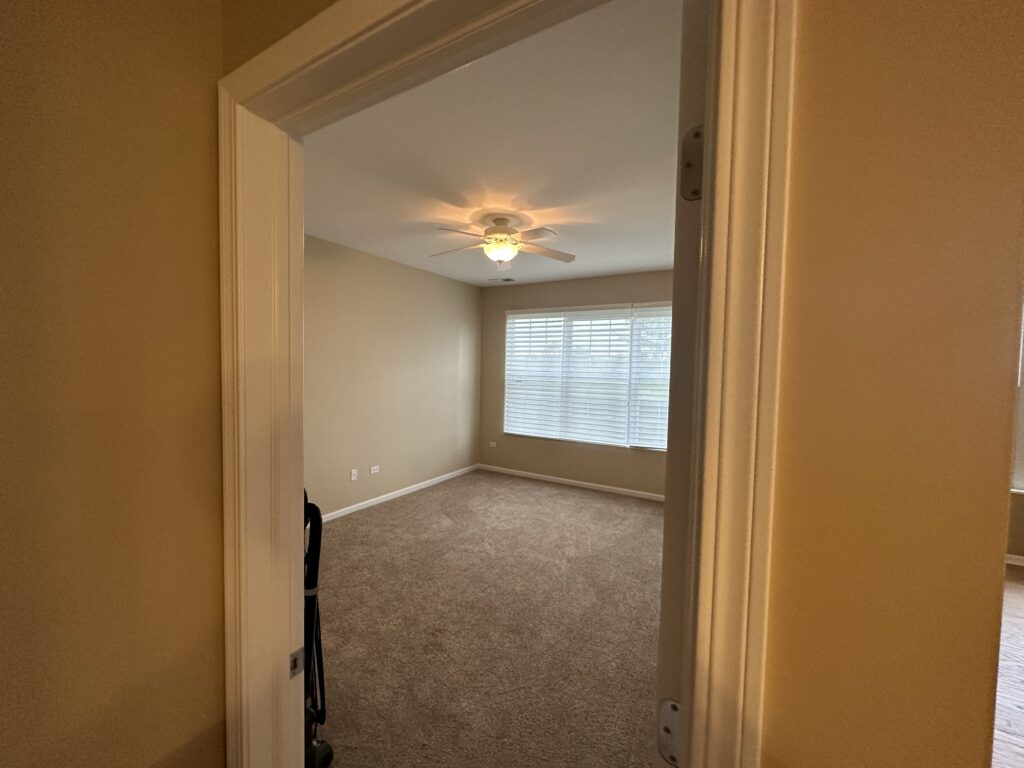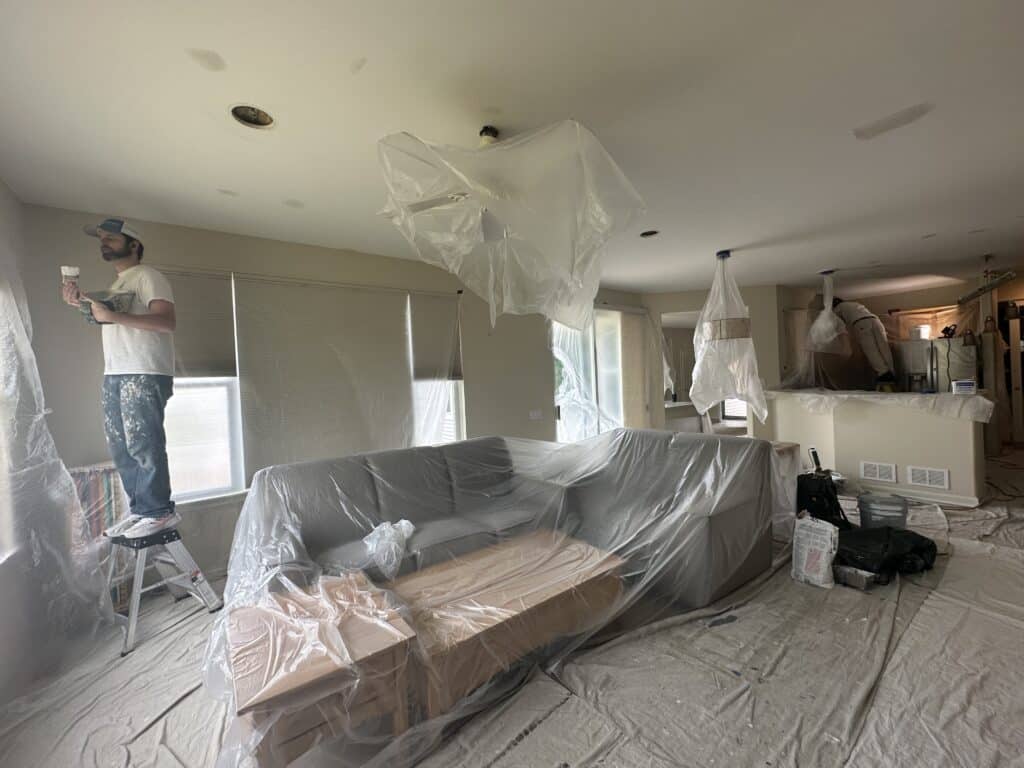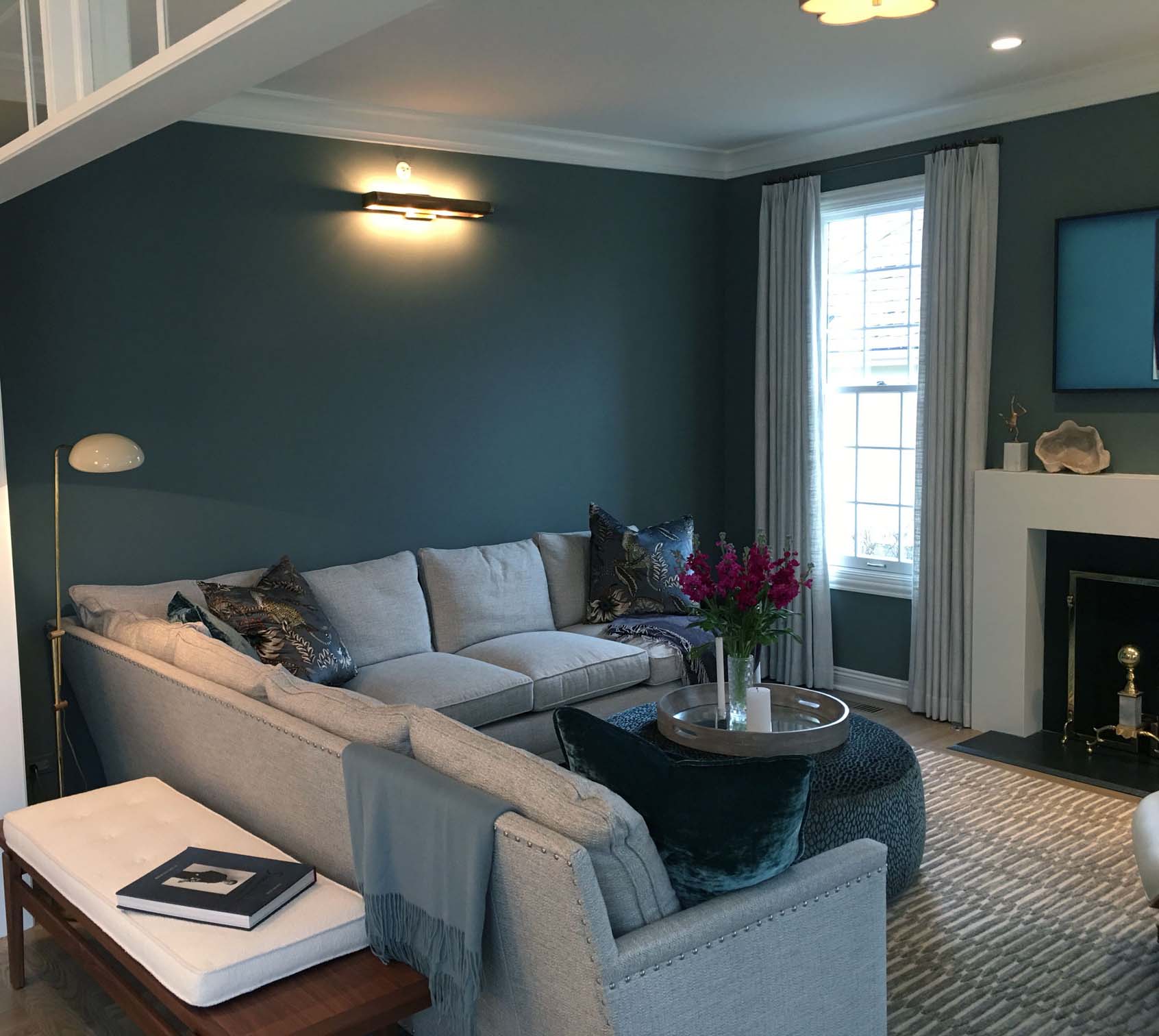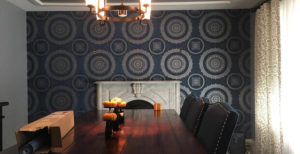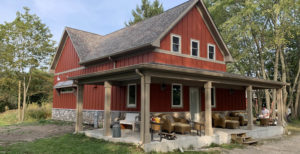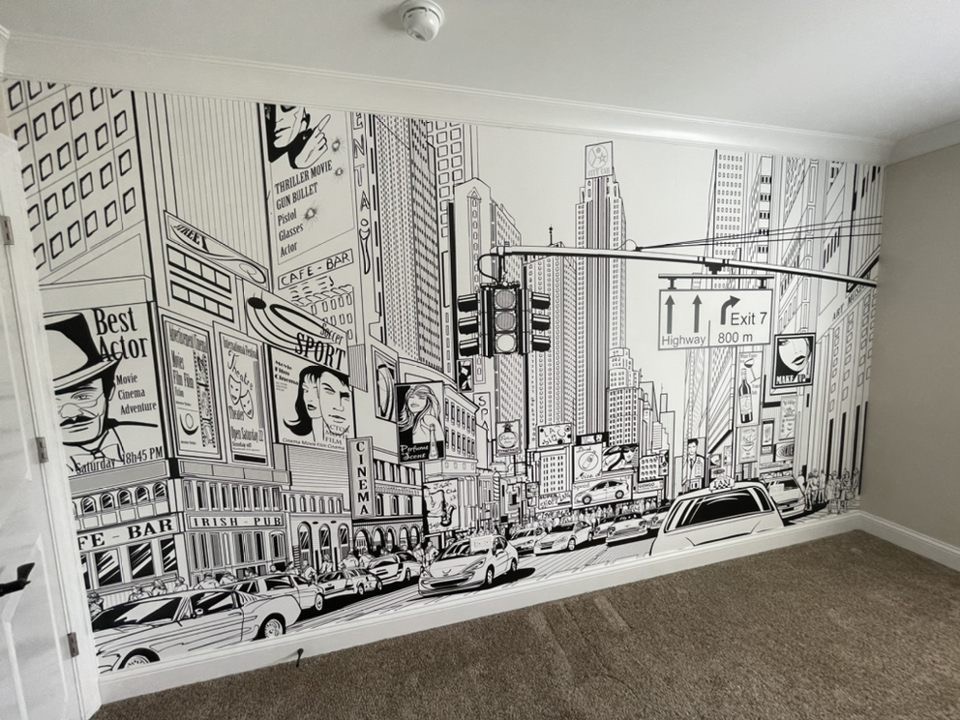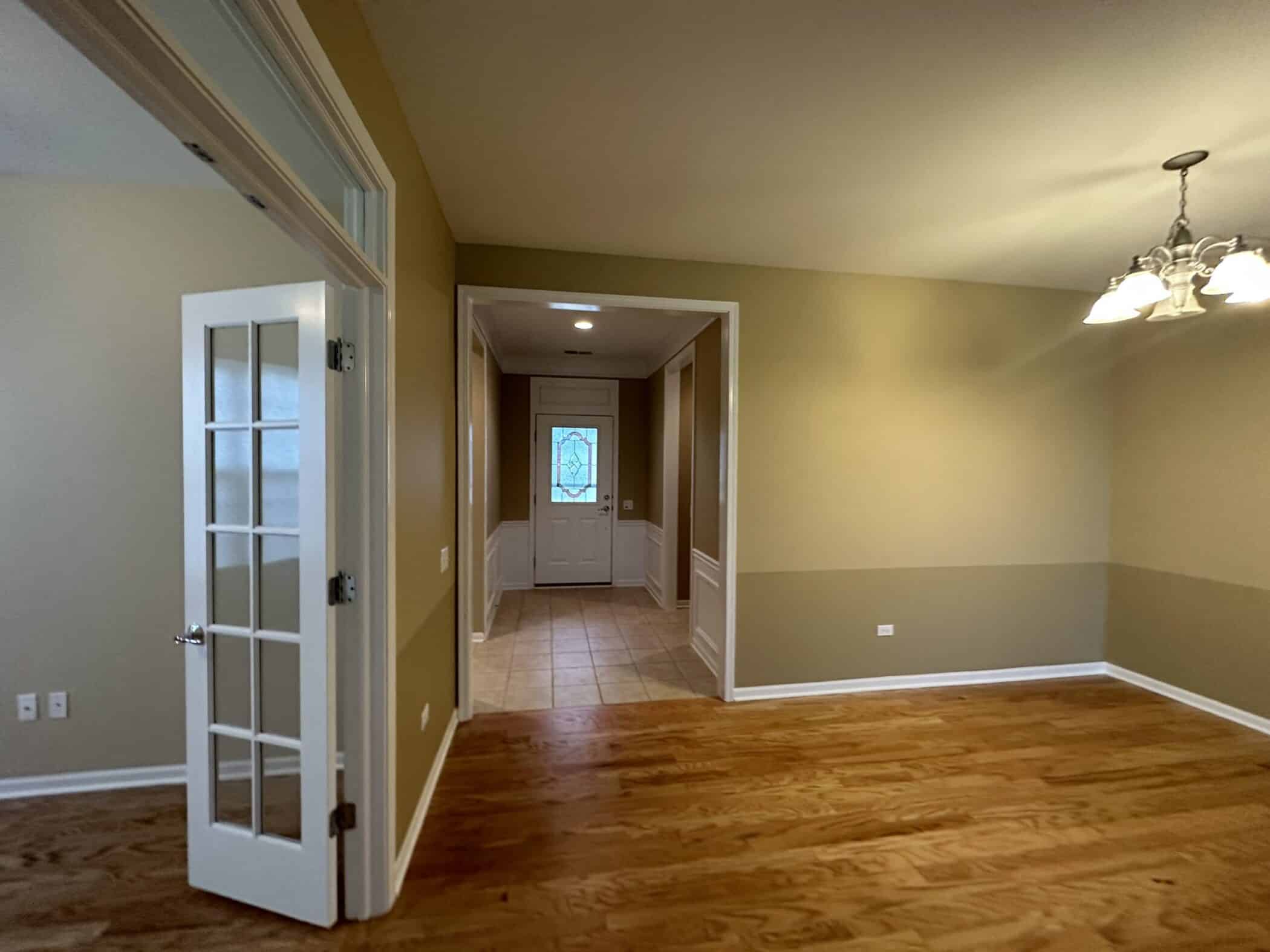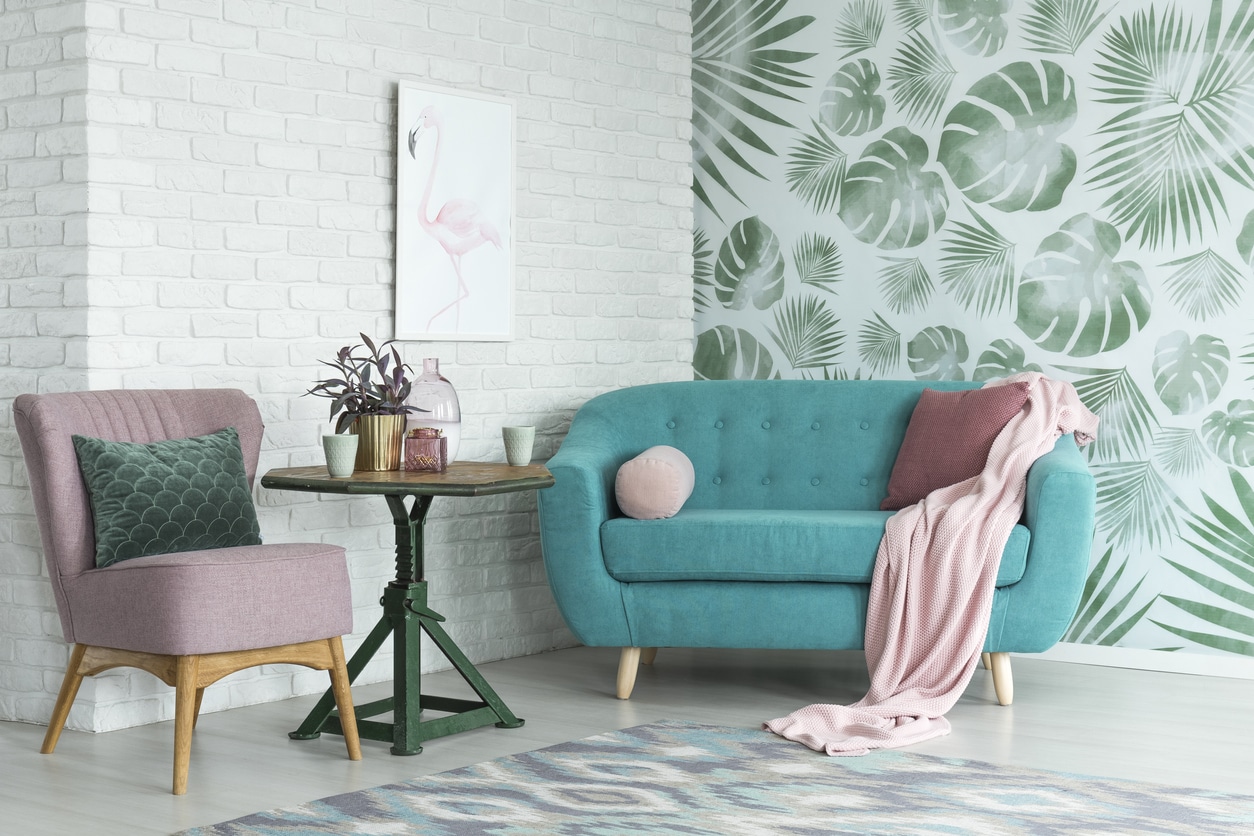Decorating your home is an exciting process that allows you to express your unique style and taste. However, this process also involves making important decisions, especially when it comes to selecting quality paint and wallpaper brands.
Understanding what to look for can be a game-changer, significantly impacting the final look, durability, and longevity of your decor. This article serves as a guide to help you navigate your way to the best paint and wallpaper brands in the market.
Understanding Paint Quality
The quality of paint is determined by two key components: pigments and binders. High-quality paint typically contains more pigment and binders, providing better coverage and durability.
Pigments provide the paint with its color and opacity. The better the pigment quality, the better the color consistency, coverage, and durability.
Binders are what make the paint stick to the surface. Higher-quality binders adhere better and are more resistant to issues like peeling, chalking, or blistering.
Paint Brand Features to Look Out For
When choosing quality paint brands, consider the following features:
- One-Coat Coverage: Top-quality paints often require fewer coats to fully cover a surface, saving you time and money.
- Durability: High-quality paints stand up better to cleaning and don’t fade, ensuring your walls look great for years to come.
- Low VOCs: Volatile Organic Compounds (VOCs) are harmful chemicals found in paints. Quality paint brands offer low or zero-VOC paints, making them safer for your home and the environment.
The Right Paint for the Right Room
Different rooms have different paint needs. For example, kitchen and bathroom paints need to withstand humidity and frequent cleaning. High-quality paint brands offer specific products tailored for different room requirements.
Understanding Wallpaper Quality
Similar to paint, not all wallpapers are created equal. The quality of wallpaper can be determined by its material, print quality, and durability.
Wallpaper Materials
The type of material used in the wallpaper largely determines its quality. Different materials are suitable for different conditions and uses:
- Vinyl wallpapers are durable and washable, making them suitable for high-traffic areas like kitchens and bathrooms where moisture and spills may be common.
- Non-woven wallpapers are breathable, helping to prevent issues with mold and mildew. They’re also tear-resistant and easy to remove, making them ideal for high-traffic areas or rooms that may require more frequent redecoration.
- Natural fiber wallpapers, made from materials like grasscloth or silk, offer a rich, textural aesthetic to a room. However, they require more care and are not as resistant to damage or staining as synthetic wallpapers, so they are best for low-traffic areas that remain relatively dry.
Print Quality
When we talk about print quality in wallpaper, we are referring to the precision of the printing process as it relates to design clarity, color definition, and pattern repetition. High print quality ensures that your wallpaper will have a professional, aesthetically pleasing appearance, and it often indicates a more durable and high-end product.
Let’s delve deeper into what print quality in wallpaper means:
- Clarity of Patterns: High-quality wallpaper will have distinct, crisp patterns that are well-executed, with sharp lines and clear details. This means that the design printed on the wallpaper won’t appear fuzzy, blurry, or indistinct. It requires high-resolution imagery and precision printing techniques to achieve this level of clarity, which is often a sign of a high-quality product.
- Well-Defined Colors: The colors of a high-quality wallpaper should be vibrant and well-defined, meaning there shouldn’t be any unintentional fading, discoloration, or blurring between colors. The color should be consistent throughout the pattern and should not bleed into adjacent areas of the design.
- Pattern Repeat: This refers to the distance between the start of one pattern and the start of the exact same pattern again. In high-quality wallpaper, the pattern repeat should align perfectly from one strip to the next during installation, creating a seamless look. If the pattern repeat does not match up, it can cause a jarring visual effect and disrupt the flow of the design. This match-up is crucial for intricate patterns or designs that need to flow seamlessly across the wall.
Durability
A quality wallpaper should be durable, easy to clean, and resistant to fading.
High-quality, durable wallpaper should not tear, scratch, or puncture easily, meaning it should be able to withstand everyday interactions without significant damage. Durable wallpaper is especially important in high-traffic areas like hallways, kitchens, or children’s rooms, where the wallpaper may be subjected to more physical contact.
Quality wallpaper should also be able to withstand regular cleaning without the color fading or the material deteriorating. This is especially crucial in areas like the kitchen, where potential splashes from food or drink could stain the wallpaper, or in a child’s room, where the walls might get dirty more frequently.
Another aspect of durability is fade resistance. Colors should remain bright and the patterns clear even after prolonged exposure to sunlight. Fade-resistant wallpaper is especially important in rooms with a lot of natural light.
Environmental Impact
Many quality paint and wallpaper brands are taking steps to reduce their environmental impact. By offering products with lower or zero-VOC content, paint brands are reducing harmful emissions and promoting healthier indoor environments. Additionally, lower VOC paints help decrease ozone pollution, contributing to the broader fight against climate change.
Some wallpaper manufacturers are taking steps to use sustainably sourced materials in their products. They source raw materials from responsibly managed forests or using recycled or renewable materials where possible. Sustainable sourcing helps to reduce the environmental footprint of these products by ensuring the materials used do not contribute to deforestation or overexploitation of resources.
Many brands are making efforts to improve the energy efficiency of their manufacturing processes, reducing their carbon footprints. This usually involves implementing more efficient machinery, optimizing production processes, using renewable energy sources, or even recovering and reusing waste heat from the production process.
Get Started on Your Next Decorating Project with D’Franco Painting & Wallpaper
Choosing quality paint and wallpaper brands is a crucial step in any home renovation or decorating project. It’s worth investing time to research and select the best brands that offer high-quality, durable products that will enhance your home’s beauty and stand the test of time.
At D’Franco Painting & Wallpaper, we’re committed to helping you make informed decisions about your home decor. Our experienced team is always ready to guide you through the process, ensuring you choose products that are not only high in quality but also perfectly suited to your needs and style.
If you’re ready for your next decorating project and want to make sure that you’re investing in quality paint and wallpaper brands, contact us. We eagerly look forward to helping you bring your design and vision to life.
Call us today at (847) 349-4112 for a free estimate.
